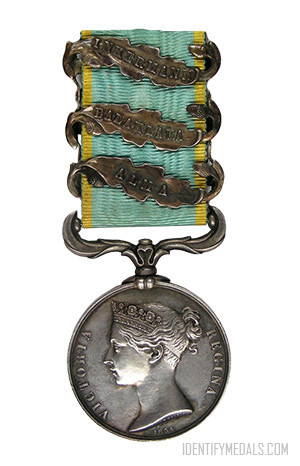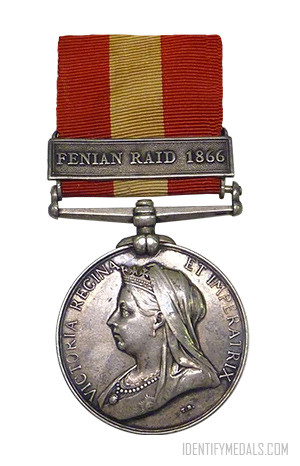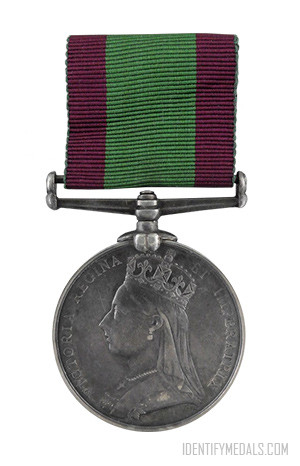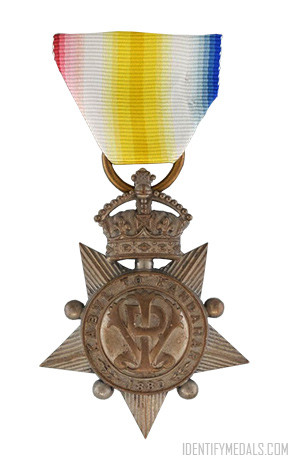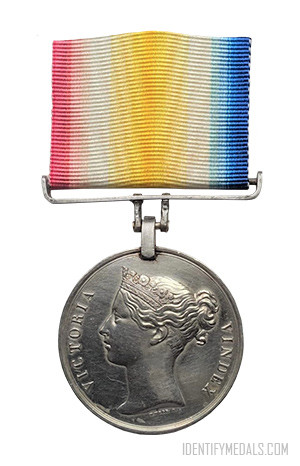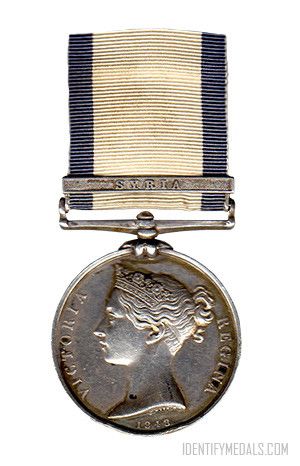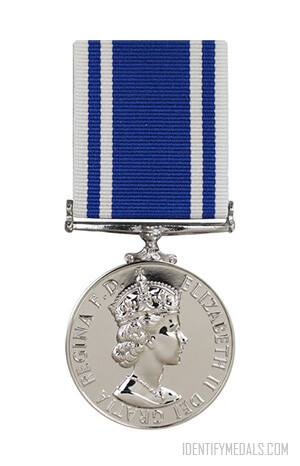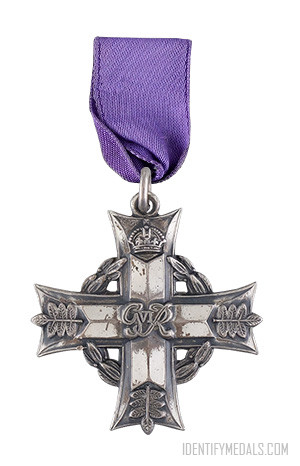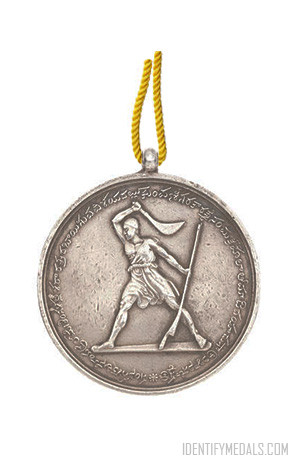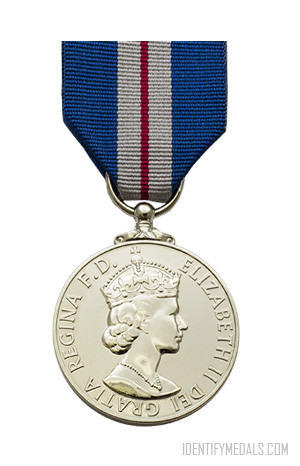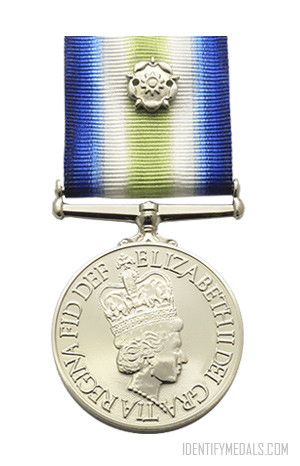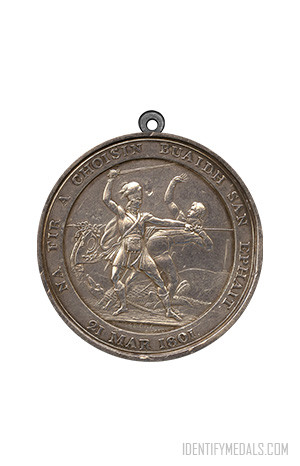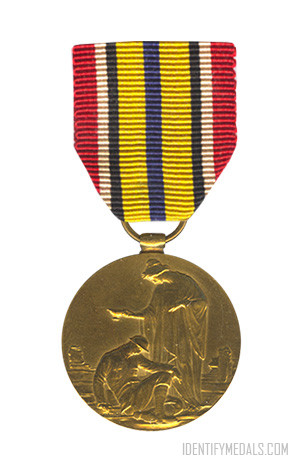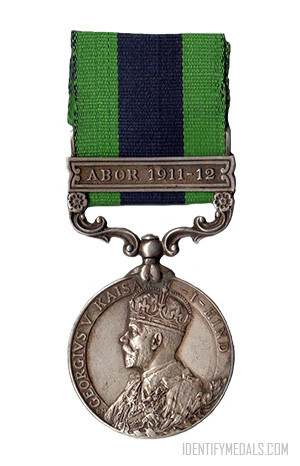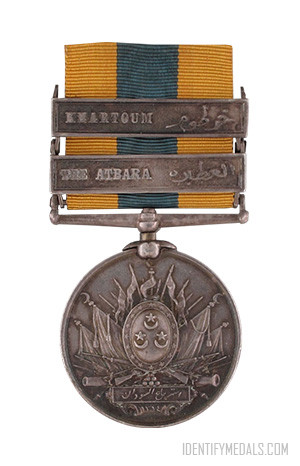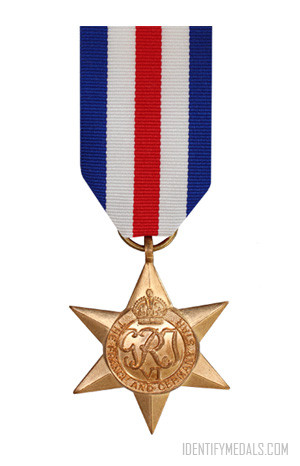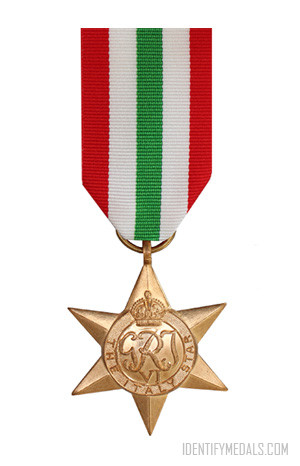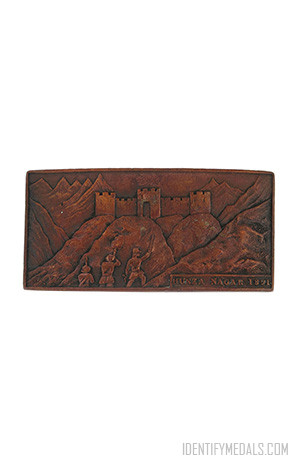- Time Period: Pre-WW1
- Institution: 15 December 1854
- Country: Great Britain
The Crimea Medal is a campaign medal issued to officers and men of British units (land and naval) who had fought in the Crimean War of 1854–56 against Russia. The medal was approved on 15 December 1854.
The Crimea medal was awarded with the British version of the Turkish Crimea Medal, and some troops were issued with the Sardinian version instead. The Crimea medal was also presented to certain members of allied French forces.
Five clasps were authorized:
- Alma. For the battle of 20 September 1854.
- Balaklava. For the battle of 25 October 1854.
- Inkerman. For the battle of 5 November 1854.
- Sebastopol. For the siege that lasted from 11 September 1854 to 9 September 1855. Anyone who received the Balaklava or Inkerman clasps was also awarded this bar.
- Azoff. For the Naval expedition in the Sea of Azoff from 25 May to 22 September 1855. It was awarded only to Royal Navy personnel.
The Crimea Medal Design
The Crimea Medal consists of a 36mm diameter silver disk. The obverse displays the diademed head of Queen Victoria and the legend “VICTORIA REGINA” with the date 1854 below.
The reverse shows a depiction of a standing Roman warrior about to receive a laurel crown from a flying figure of victory, the word CRIMEA appearing on the left.
The medal is notable for its unusually ornate clasps, each in the form of an oak leaf with an acorn at each end. This is a style not used on any other British medal. The ornate, floriated, swiveling suspender is also unique to the Crimea Medal. The ribbon measures 27 millimeters (1.1 in) wide and is pale blue with yellow edges.

